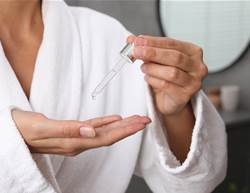Changes in thickness and colour could signal a range of health issues.
Your finger and toenails are fun to paint, but they can also clue you in to undiagnosed medical problems. Just like with your skin, changes in the nails can reveal health issues ranging from nutrients lacking in your diet to early stages of more serious problems, such as cardiovascular disease. In fact, examining the nails and the nail beds is a standard part of a visit to the dermatologist.
“What you look at is the shape of the nails, the surface of the nails, and their colour,” says dermatologist Dr Ella Toombs. Discolouration and thickening could reveal deeper issues such as liver and kidney disease, anemia or diabetes.
Here are eight things your nails may say about your health. Remember: If you're worried about any changes you've noticed, schedule an appointment with your doctor.



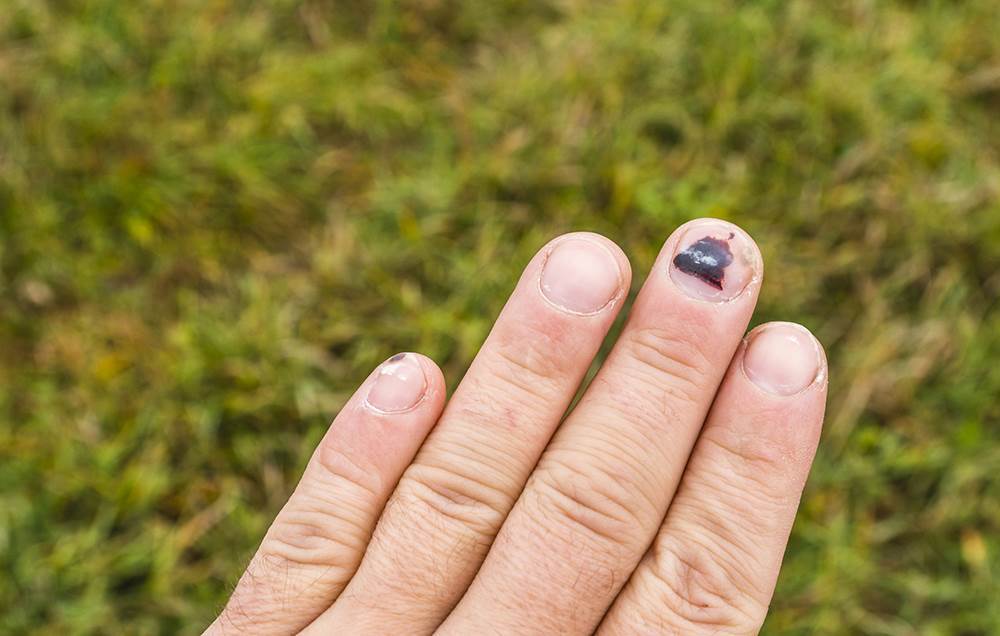
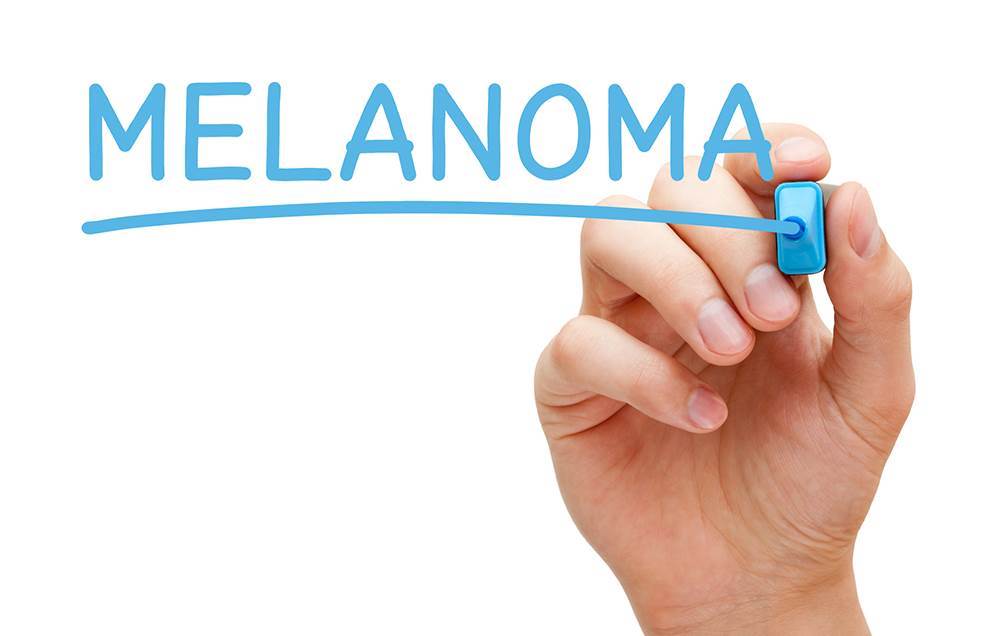
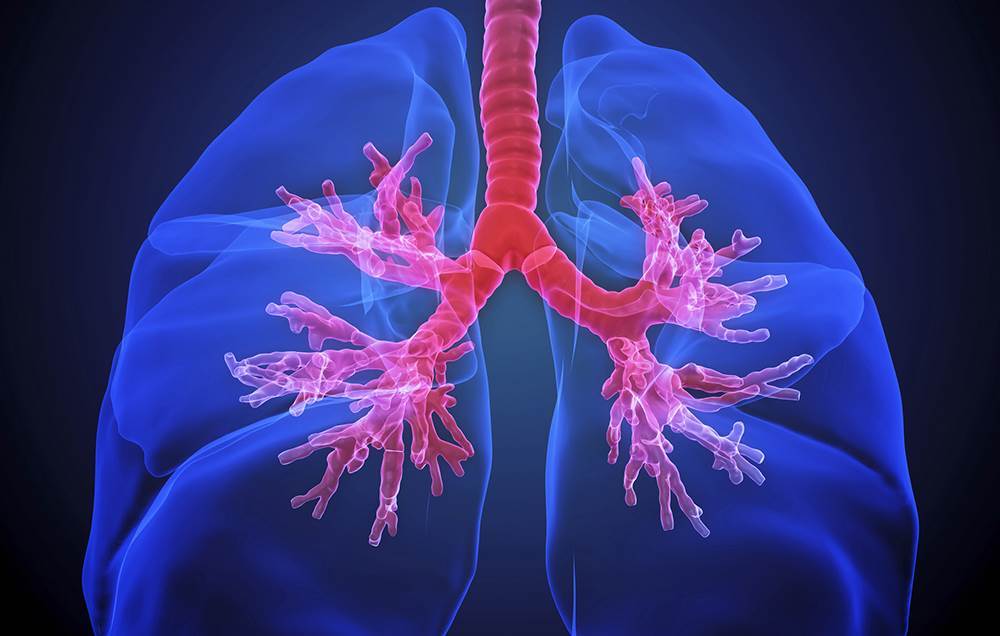
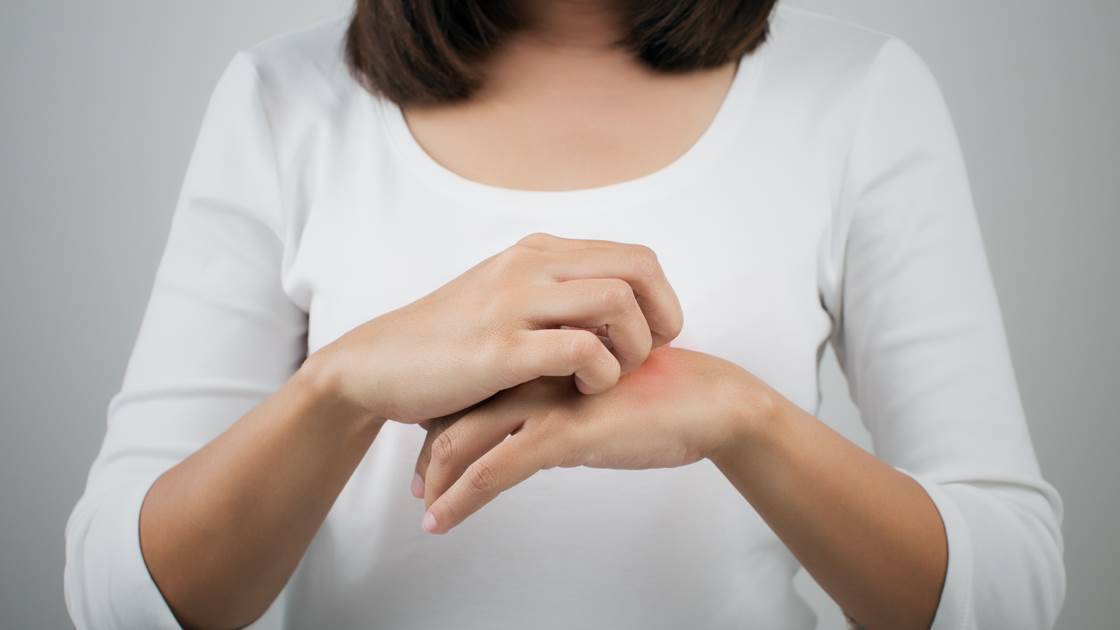
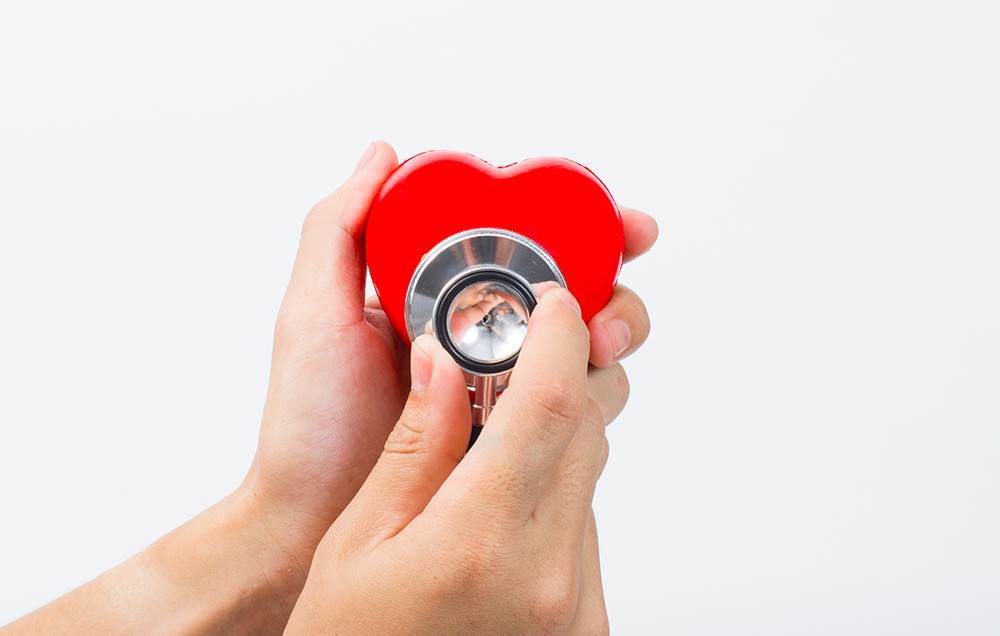
Photograph by Getty Images
You’re getting older.
“Our nails are like our skin and they can get dried out as well,” says dermatologist Dr Apple Bodemer. “As we get older, we have a harder time maintaining moisture.” That’s because, as we age, our nails are more susceptible to evaporation, especially if you wash your hands or dishes often. A quick fix? Apply Vaseline while your nails are still wet to help lock moisture in.
Brittle nails can also be a sign of anemia, hypothyroidism, or an eating disorder like anorexia or bulimia. Listen to the cues your body is giving you and seek expert help if you’re concerned.
Photograph by Getty Images
Your shoes are too tight.
Over time, wearing really tightly fitting shoes can cause enough trauma that your toenails can thicken and get deformed, Bodemer says. Regular exercisers such as walkers and runners can also develop bruised or thicker toenails. Sweaty shoes are a breeding ground for fungal infections, so look for shoes that allow your feet to breathe.
Photograph by Getty Images
You’re missing some essentials in your diet.
Pitting, or tiny indentations across the nail bed, could be a sign that you have a protein, iron or folic acid deficiency, Toombs says. Keratin, a structural protein, is one of the primary elements in the nail plate, which explains why the nail won't grow correctly if your body doesn't have adequate protein. The indentations caused by both iron and folic acid deficiencies result from a lack of healthy blood going to the nails.
Photograph by Getty Images
You’ve injured your nail bed.
That telltale purplish bruise under your toenail likely came from when you dropped that heavy can on your foot. Not pretty, but it will grow out, Bodemer says. Meanwhile, red lines out toward the tip of the nail can also indicate trauma, but should go away with time.
Photograph by Getty Images
You have melanoma or another skin cancer.
A dark mark under the nail that’s not getting smaller or is growing to include the skin around the nail could be a sign of a benign tumour or a serious skin cancer such as melanoma, Bodemer says. If you spot this kind of growth, make sure to have a dermatologist check it out.
Photograph by Getty Images
You have lung disease or lymphedema.
People who use really dark pigmented nail polish or who smoke may see their nails turn yellow. But the change in colour can also be a sign of lung disease or lymphedema, swelling caused by lymph fluid getting outside the lymphatic vessels. The yellow colour is believed to be caused by inadequate circulation and fluid build-up in the body. Radiation treatment can also cause lymphedema.
Photograph by Getty Images
You’ve got an autoimmune skin disease.
Pitting (those indentations in the nail bed) can also be a symptom of a chronic inflammatory skin disease such as psoriasis or eczema. After all, our nails grow out from the skin. In the case of psoriasis, your nails may also thicken so much that they lift up from the nail bed because the cells are turning over too fast and don’t slough off correctly, Bodemer says.
Photograph by Getty Images
You have pulmonary or cardiovascular disease.
A common condition known as clubbing occurs when the finger swells and the elevated nail begins to wrap over the fingertip (to resemble a club). This usually forms after a substantial amount of time. The finger swelling may be caused by a reduced level of oxygen in the blood that then causes blood vessels to dilate. That's why this change in the nails is sometimes linked to lung or cardiovascular disease.








